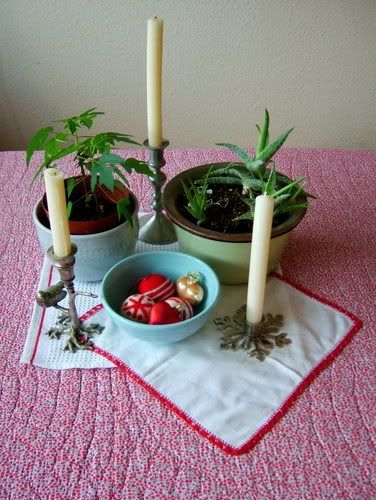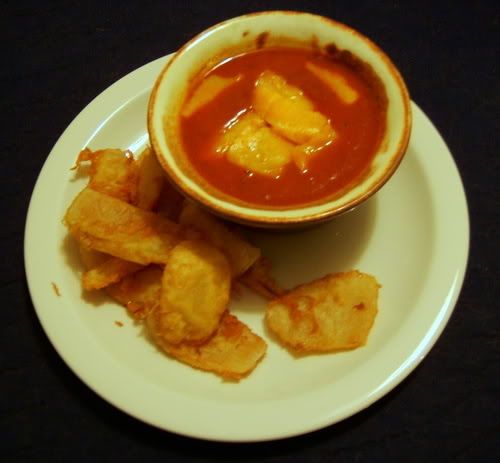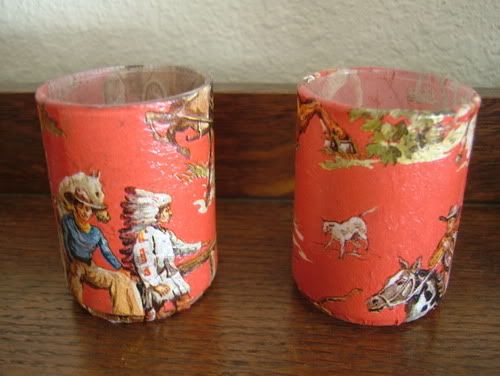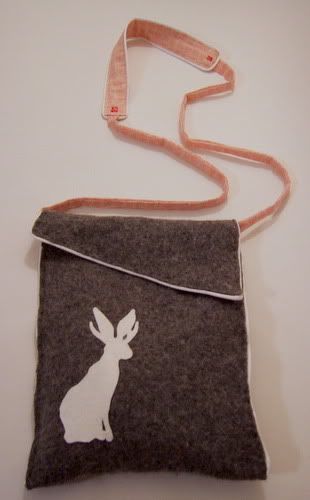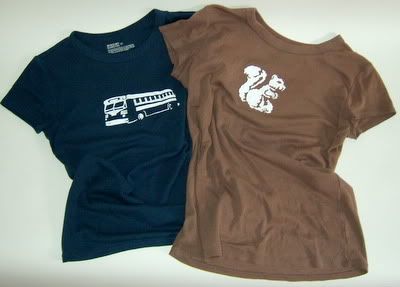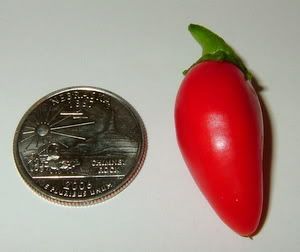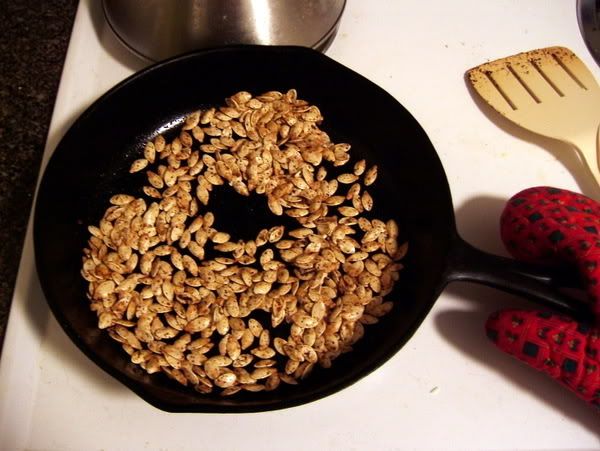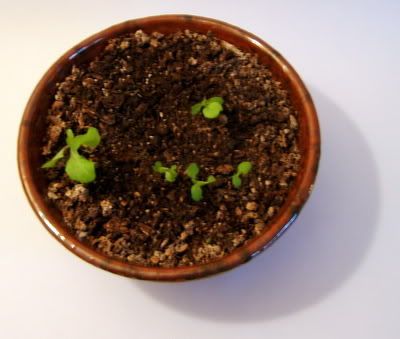
Sunday Morning Donuts
It is Sunday morning, and time for me to tell you about the Canton excursion. Due to the time change I’ve been up for awhile, enjoying my pumpkin cornmeal donuts.
I’ll spend a minute on those first. I got the recipe from a Martha Stewart Living magazine, so I cannot reprint it for you here. Basically though, it is a old fashioned cake donut recipe with one cup of pumpkin puree (or canned), and more cornmeal than is usually in the recipe.
I’ve already hinted I think, at my somewhat slapdash, no-holds-barred approach to making things, so I did not read the “one cup pumpkin” correctly. As many recipes involving pumpkin are calibrated for one entire can of pumpkin, this is what I added. I did notice that it seemed more like batter than dough, but I was unperturbed, since the recipe called for the dough to rest overnight in the fridge. (hadn’t read that part carefully either, so I was disappointed to find my tasty donut experience delayed) Anyway, the next morning, when it was clear there was no way to roll this batter out, much less cut shapes from it. I reread the recipe and found my mistake. I then began adding more of all the dry ingredients, until it turned into dough.
I ended up with half again as many donuts as the recipe had called for, and they probably should have been sweeter. I hadn’t bothered to measure my additions, so I think I shorted a bit on the sugar. However they fried up nicely.
Donuts are easier to make than you might think. My dad used to make them now and then, including last Christmas. We all woke up Christmas morning to find him frying up donuts in the kitchen.
I don’t have a donut cutter, and I bet most people don’t. I just used a water glass to cut the circles, then (after a couple of experiments) found that just poking a hole in the middle with my finger produced the best looking donut. Also, cake style donuts can be frozen. I popped most of the batch in the freezer, and have been pulling them out two at a time for breakfast. About 5 minutes in the toaster oven at 350 seems to do just fine.
Right, back to Canton….
I got a later start from Dallas than I had hoped, not leaving until 9am. I understand many of the dealers out there are set up and ready for business by daylight, and sell until dark. It was a pretty day and an easy drive. I even saw a small herd of camels in a field just outside of Terrell. The quality of the drive changed a bit when I got about two miles from the Canton exit. There was no question about knowing where to go, just follow the never-ending stream of traffic. My new recommendation, at least if you are going to Canton on a Saturday, is to head out after lunch, when most people are already there. The traffic should be lighter.
The First Monday grounds were quite a sight to see. I really have no idea, though I am sure such information could be found, but the whole thing seemed to be more than twice the size of the Texas State Fair Grounds in Dallas. I headed into the Civic Center first, and right at the entrance was a fabric and linens dealer. There were laundry carts filled with crochet items, tablecloths, handkerchiefs, quilts and more. I burrowed through it all for quite awhile and came away with a Kelly green and cream crochet doily in a bulls eye pattern, a white handkerchief with red crochet edging, a cream crochet placemat in a pattern of open and closed squares and a white table runner with abstracted bluebirds done in French knots, for a grand total of $4.50.
There were several dealers in fabric and linens throughout, and I bought a vintage apron from another for $3. (I had to restrain myself from buying about five.) The apron will get its own post later on.
With all that digging through bins, it was time for lunch, and having not yet ventured beyond the Civic Center, I had no idea that there were more food vendors outside than at the State Fair. So, I got a Frito Pie and a Dr. Pepper from the concession inside ($4). They were excellent. (Side note: Dr Pepper was invented in Waco, TX; I have been to the museum)
After eating my lunch on a curb outside (there are lots of tables, but they were full), I headed off in search of more treasure. Most of the dealers outside on the grounds are selling various grades of antiques and/or junk. I saw everything from furniture to old Cracker Jack toys. I saw a WWII era helmet with a dent in the top about three inches deep, and spent some time wondering if the dent was made while it was on someone’s head, or not. I saw a book which I believe was called Miranda the Panda Sits on the Veranda which had clearly been illustrated by someone who had never seen even a picture of a panda, but had heard that they were bears, and were black and white. I would have liked to buy a handmade marble (contemporary not antique) with a very unusual teal and white agate-like pattern ($10). I did buy a porcelain calico button in a blue and white bulls-eye pattern, which I plan to make into a pendant ($1), a robins egg blue mixing bowl for $10, and six pieces of wooden type ($2 each, but I got an extra thrown in). There was a complete child’s rubber stamp set that looked to be from the 40s that I’d have liked, but they wanted something ridiculous for it.
If you are looking for deals in Canton, stay outside. There are a number of sheds with dealers as well, many with high quality antiques, and then many with kitschy items such as pet furniture, candles, salsas, etc, but I found these to be over priced and crowded. Besides, anything I saw in the sheds that I liked, I had the same reaction to: “I think I could make that.”
By about 3 pm, I had seen all I could see, and was ready to go home. Including lunch and the $4 I spent on parking, I believe I spent $33 dollars in all for the day. (Well, and I stopped for a milkshake on the way home.)
So, if you can make it to Canton TX on the Thursday through Sunday preceding the first Monday of the month, I’d say it’s worth the trip at least once. Sure it’s crowded, and there are an astonishing number of people walking small dogs, and half the stuff is junk, but, that’s what makes it fun.
I have to go put my new bluebird table runner in the bathtub to soak in some Clorox II.
